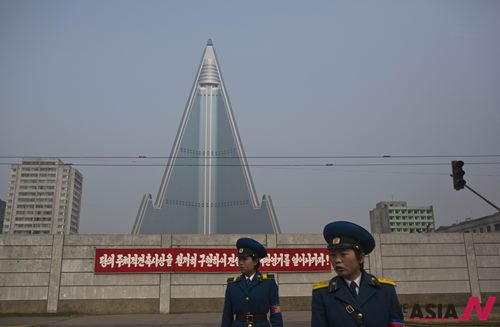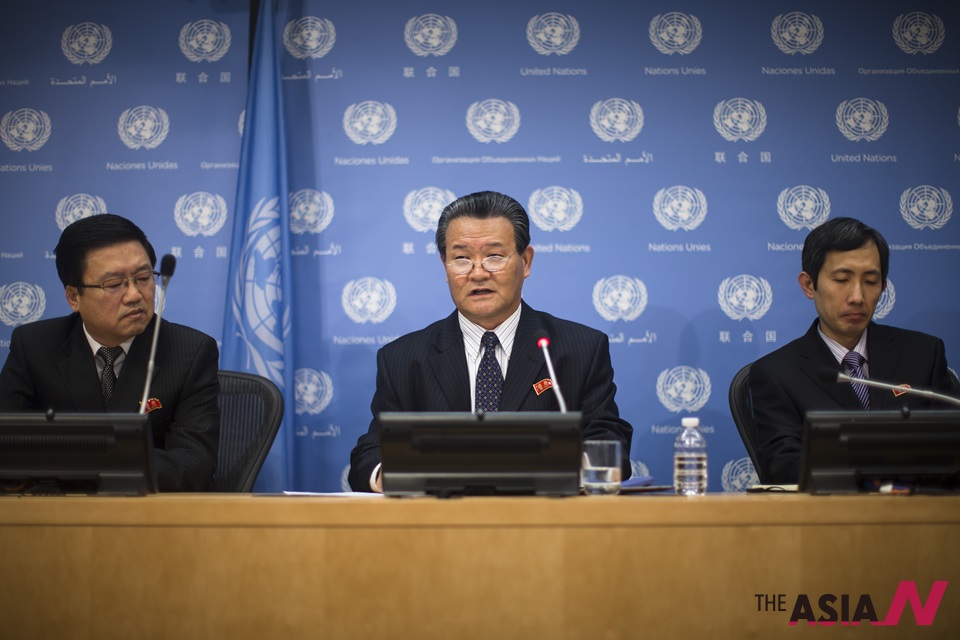
North Korea’s bizarre distribution system
When it comes to its economy, North Korea is a very special place. Perhaps not as much as it used to be, with the steady growth of grassroots capitalism, but in the days of Kim Il Sung, the grandfather of the current North Korean strongman Kim Jong Un, North Korea was perhaps the purest known specimen of Stalinist economy.
In North Korea between 1960 and 1990, retail trade hardly existed at all. I do not mean private retail, which would of course have no place in a planned economy where everything was owned by the state. Rather, I am talking about state retail. State shops existed to be sure, but they did not sell products, instead they were places where rations could be obtained in exchange for government-issued rationing coupons.
In other words, the government decided how many pairs of shoes a North Korean should be allowed to buy every year, and how much rice he/she should consume daily. On the positive side, one should remember that these government allowances of foodstuffs and basic consumer goods were ‘sold’ (or to be more precise: swapped for ration tickets) at a ridiculously low price. It would be but a minor exaggeration to say that North Koreans could meet their basic demands free.
That said, however, the distribution system itself was rather truncated. The first and most important of all its layers was the Public Distribution System (PDS), which dealt with grain. PDS rations were uniform (in theory) nationwide. In the 1960s, an adult was issued 700g of rice and/or other cereals daily – the actual amounts began to decrease from 1972. The exact size of one’s ration depended upon the job one did and one’s age. Most workers, as mentioned above, were issued 700g of cereals daily, workers who did heavier work could be eligible for up to 900g. On the other hand, housewives were eligible for only 300g – less than a teenage school student. Concurrently, the ratio of rice to other cereals (like wheat and corn, as well as other grains) varied from place to place. While in Pyongyang in the affluent 1960s, half of all rations were issued in rice, people in the countryside could enjoy rice only on major holidays and subsisted on corn and barley most of the time.
The second layer of the distribution system dealt with less important foodstuffs (like soy sauce, bean paste, and fish), as well as with clothing and shoes, and things like soap and toothpaste. For these kinds of products did not have a nationwide quota, every county and city, depending on how successful the local boss was in squeezing resources from the center, made their own distribution decisions. Norms changed from year to year, in one county, people could buy one pair of certain type of shoes, while in a county not far away locals might be allocated three pairs each in the same year.
The third layer was for items that were distributed through neighborhood watch groups. The same groups were also responsible for difficulties in obtaining services, for instance, in Pyongyang and some other big cities, neighborhood watch groups distributed restaurant tickets (giving the right to enter one of the more prominent eateries in the given city).
There were also a small group of items that were actually sold normally in shops. The list of such items steadily shrunk over time and by the late 1980s, in most North Korea cities only stationary and books were not rationed.
Aside from all this, there was also a separate rationing system for the countryside, and yet another system for military personnel and their families.
This byzantine structure suddenly came to a halt in the early 1990s. Now, officials, military officers and inhabitants of the largest cities still get rations (and most in this exclusive group only get them intermittently at best). Everyone else has to rely almost entirely on the market – where no one asks for rationing coupons, but everyone asks for money.





